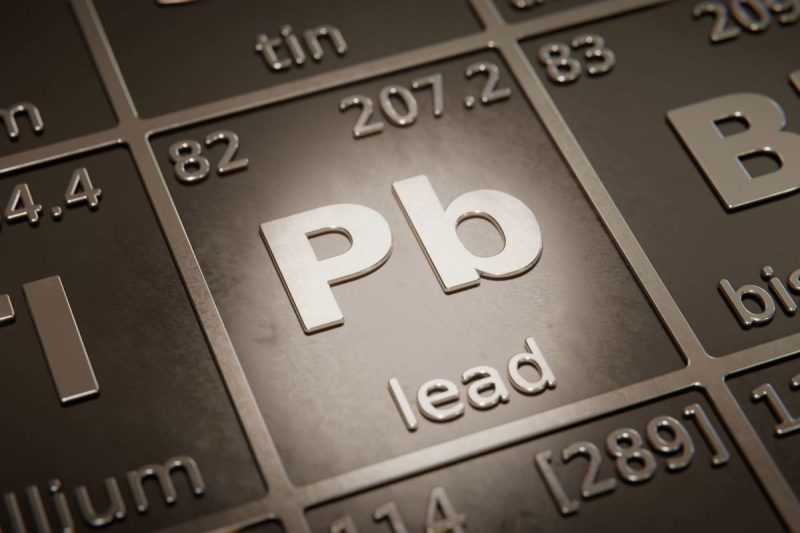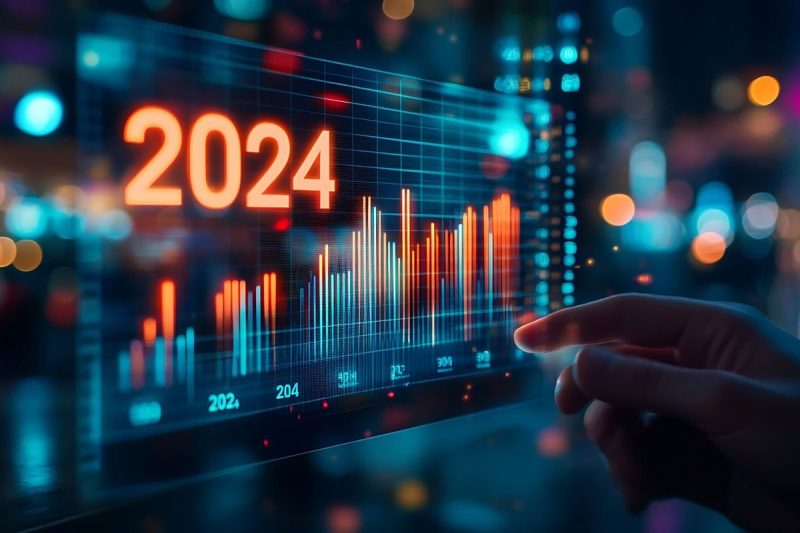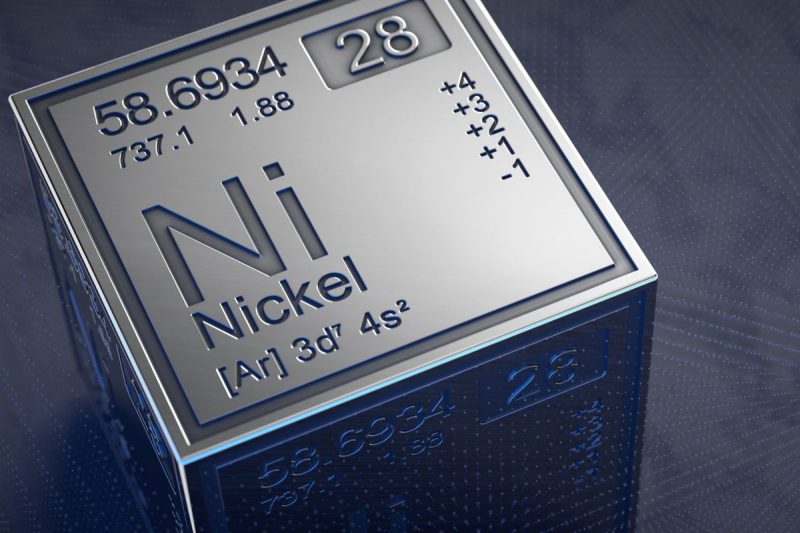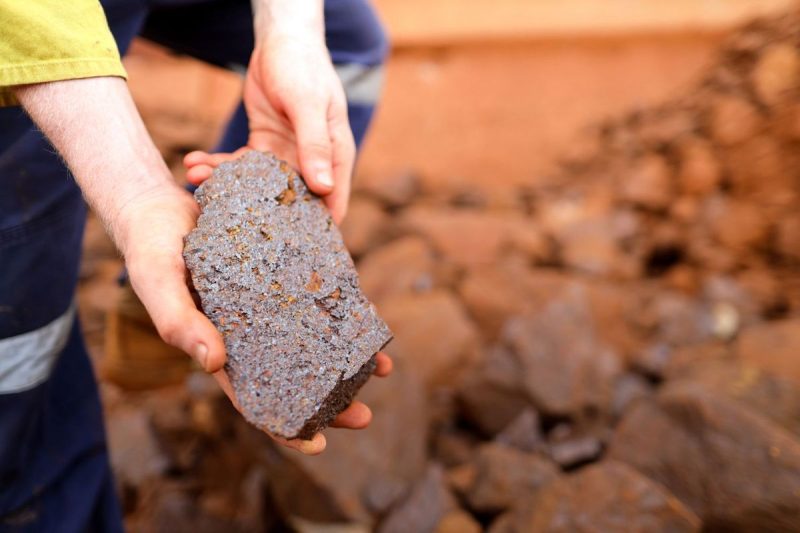

Lead prices rode a wave of volatility in 2024 as global economic uncertainty continued to wreak havoc on metals markets.
As an industrial metal, lead has largely been used in lead-acid batteries, and to a lesser extent in pigments, weights, cable sheathing and ammunition. More recently, the electric vehicle (EV) market has opened up a sector for growth as EV manufacturers need lead-acid batteries to power electrical systems, including lights, windows, navigation, air-conditioning and airbag sensors.
Lead is typically mined as a by-product of zinc, silver and to a lesser extent, copper. Disruptions to the mining and demand profiles for these metals can have a sizable impact on lead sector fundamentals.
How did lead perform in 2024?
Although they started off the year above the US$2,025 per metric ton level, lead prices quickly shot up nearly 8 percent in the first four weeks of 2024 on reduced primary and secondary supplies. While prices had shed those gains and then some down to US$1,963 by the end of March, only to rise to a high for the year of US$2,343 on May 28.
A December report from the International Lead and Zinc Study Group (ILZSG) show that China, which is both the world’s largest producer and consumer of the metal, increased its imports of lead concentrate by 7.5 percent compared to the first 10 months of 2023.
By August 5, lead prices had once again crashed, this time by more than 17 percent to their lowest point of the year at US$1930.
For much of the rest of the year, volatility continued to plague the lead market with price ups and downs swinging within the US$1950 to US$2,150 range.
“Toward the end of the year, following the reelection of Donald Trump as U.S. President, lead prices came under pressure as the U.S. dollar strengthened,” said Solanes.
Ironically, despite the wide price swings, as of December 18, 2024, lead prices are only down by 2.41 percent since the start of the year.

Lead’s price performance in 2024.
Chart via TradingEconomics.
“On the supply front, lead output growth slowed, constrained by high energy prices and supply chain problems in the automobile industry,” according to Solanes.
In the first 10 months of 2024, ILZSG figures show that global supply of lead exceeded demand by 21,000 metric tons. That’s compared to 41,000 metric tons in the previous year.
Worldwide lead mine production rose by 1.5 percent. Lead metal production decreased by 1.7 percent over the same period in 2023, which according to the ILZSG was due to “lower output in China and Canada, where a scheduled maintenance at Teck Resources’ Trail operations impacted production during the second quarter.” Meanwhile consumption of the metal decreased by 1.6 percent.
China, which is both the world’s largest producer and consumer of the metal, increased its imports of lead concentrate by 7.5 percent compared to the first 10 months of 2023.
What factors will move the lead market in 2025?
Heading into 2025, what supply and demand factors are expected to drive prices for lead?
The ILZSG forecasts that global lead mine supply will rise by 2.1 percent in 2025 to 4.64 million metric tons, compared to 1.7 percent growth in 2024. Increased lead supply is seen coming out of the three top lead-producing countries: China, Australia and Mexico.
Looking over at global refined lead supply, the ILZSG sees a 2.4 percent increase to 13.51 million metric tons in 2024; that’s compared to a 0.2 percent decrease to 13.2 million metric tons in 2024.
In terms of demand for refined lead metal in China, ILZSG is forecasting a growth rate of 0.5 percent in 2025 after projected demand growth of 0.9 percent in 2024. Demand in Europe and Mexico is expected to recover in 2025, and continue to rise in India and Vietnam. On a global scale, demand for refined lead metal is forecast to increase by 0.2 percent to 13.13 million tonnes in 2024 and by 1.9 percent to 13.39 million tonnes in 2025.
The ILZSG “anticipates that global supply of refined lead metal will exceed demand by 63,000 tonnes in 2024. In 2025, a much larger surplus of 121,000 tonnes is expected.”
What other key trends and catalysts should investors look out for in the lead market in 2025?
“The strength of China’s industrial sector and stimulus policies in the country, along with the pace of global monetary policy, are key factors to monitor,” advised Solanes.
As the largest consumer of lead, China’s economic health is also a major factor for consideration. The World Bank is forecasting 4.8 percent annual growth in 2024 for China, the world’s second largest economy, and calling for slower growth of 4.3 percent in 2025. The weakest segment of China’s market has been its property sector. Outside of the battery market, lead has several important applications in housing and infrastructure.
“Another relevant topic to track is trade policy under Trump, with the prospect of a Sino-American trade war posing headwinds to prices,” added Solanes.
As reported by Fastmarkets, during LME week, the global metals market gathering held each Fall in London, StoneX senior metals analyst Natalie Scott Gray shared her insight into what’s ahead for the lead market in 2025. Namely, increased mine production as well as demand.
Scott Gray said as copper, zinc and silver mining activity increases for the year, so will lead output as it’s often a by-product metal. Her firm is also forecasting that lead demand will increase by 2.2 percent in 2025 as falling interest rates improve demand for batteries. This would likely bring a slight uptick in lead prices for the year.
Securities Disclosure: I, Melissa Pistilli, hold no direct investment interest in any company mentioned in this article.






















